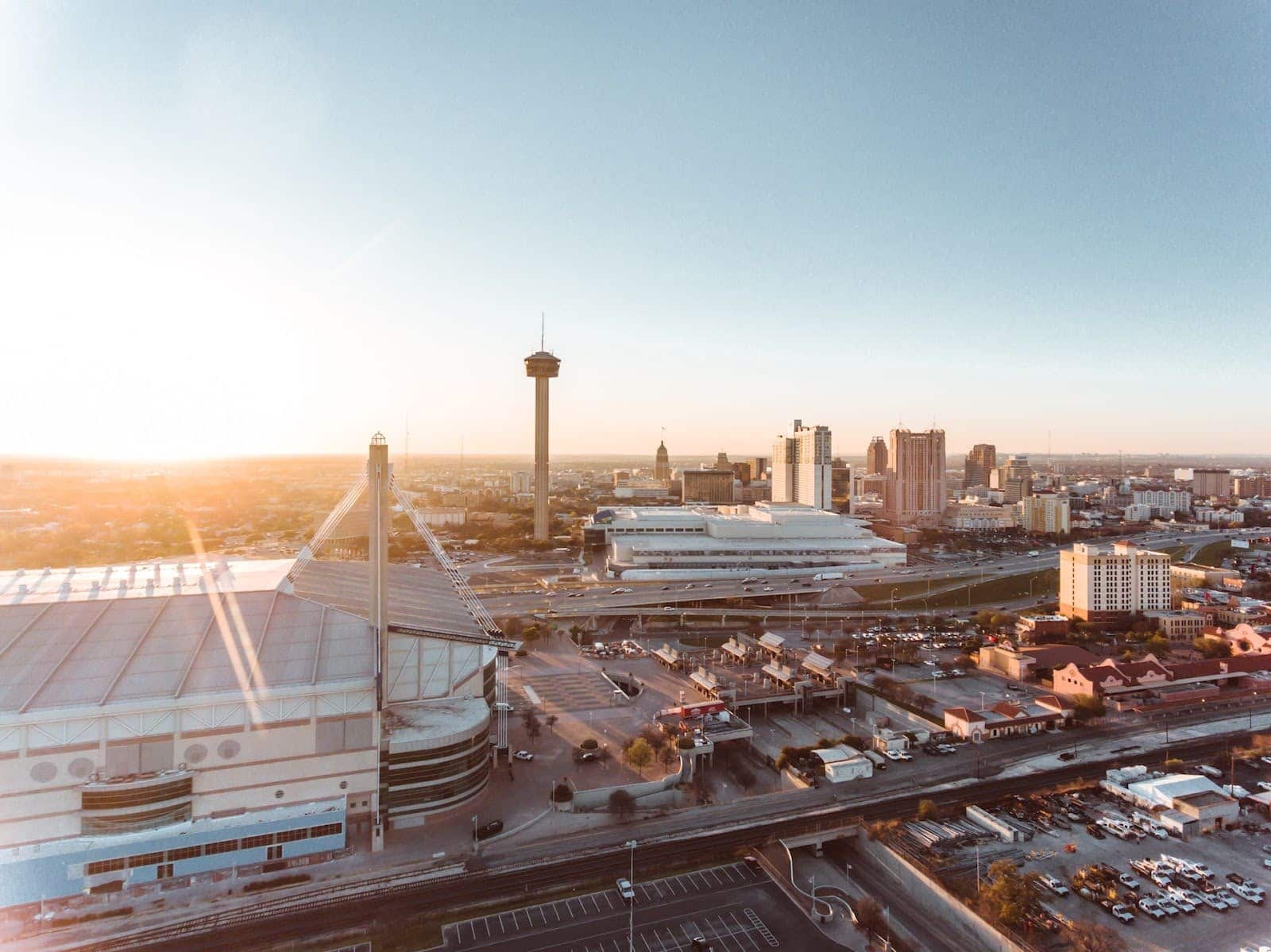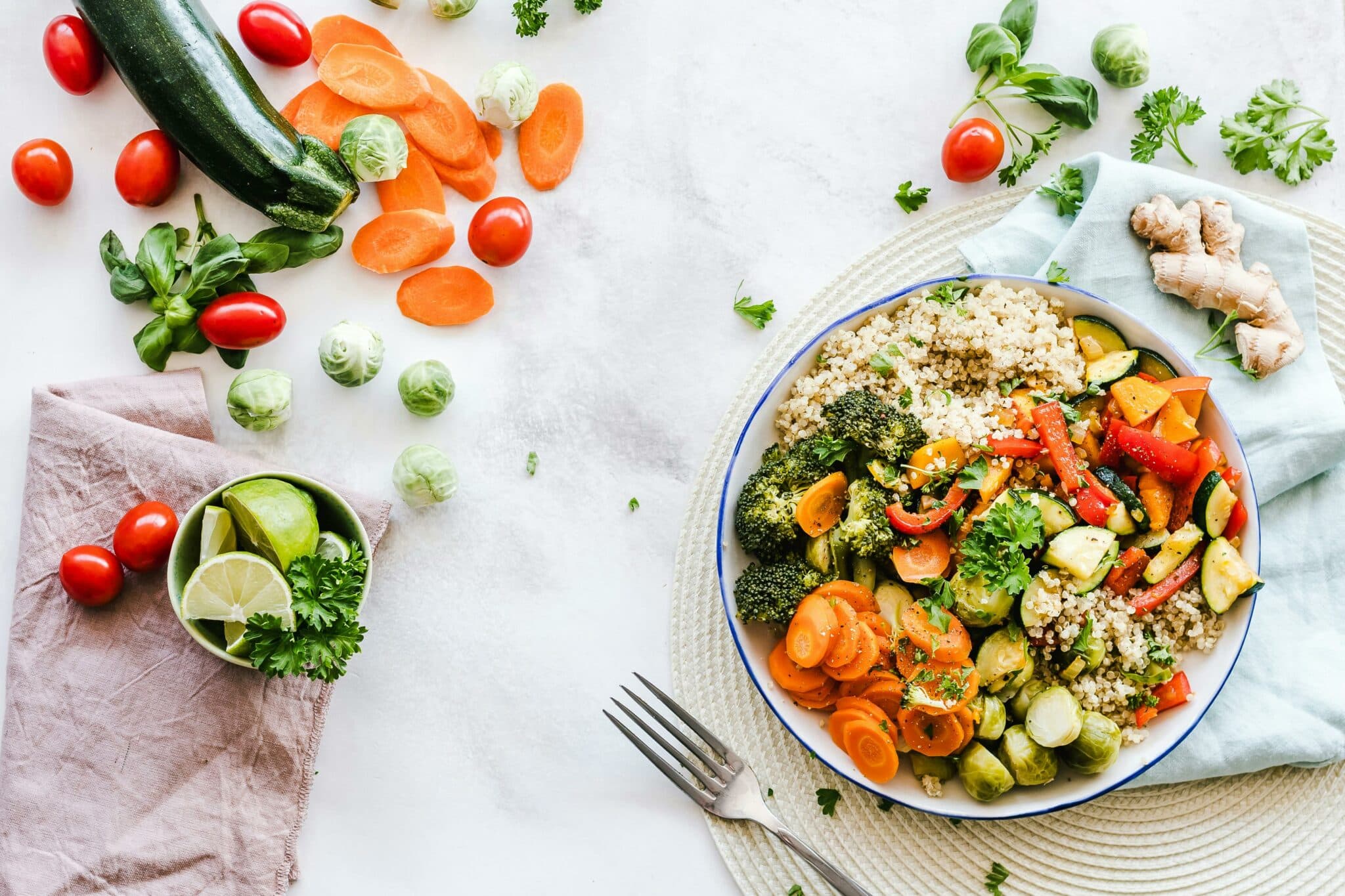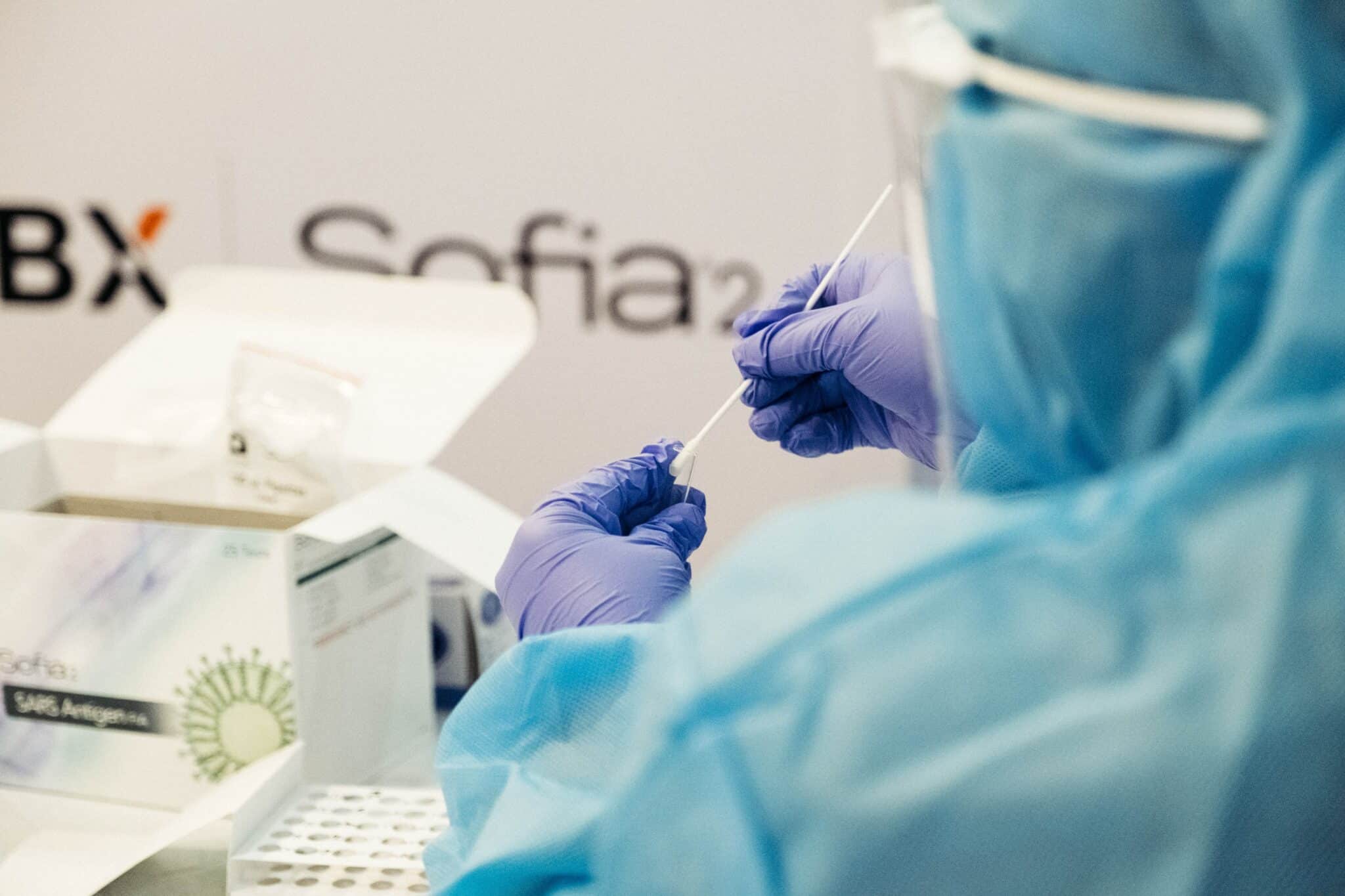How Do Covid Tests Work?

Are you thinking of traveling this year? Covid testing is an essential, and often confusing, aspect of safe travel. Most countries require travelers to have a recent negative Covid test for international travel. The United States, for example, has performed over half a billion Covid-19 tests since the beginning of the pandemic. This is nearly two tests for every human in the country! Labs around the country, and around the world, are working tirelessly to prepare and read millions of tests every day. But how do they work?
PCR Tests Are Best
The best Covid-19 test is a polymerase chain reaction test, more commonly called a PCR test. This test is superior because it is more sensitive than antigen tests. This sensitivity means that PCR tests are more likely to come out positive when only small amounts of virus are present. Less sensitive tests, on the other hand, may show false negatives, which are negative results when the virus is actually present. PCR tests, however, are more complicated than other tests and must be read in a lab. This means that PCR tests are never at-home tests.
The Nose Swab
As most of us know by now, a PCR test begins with swabbing deep inside of the nose. Technically, this swab is called a nasopharyngeal swab. The nasopharynx is a small cavity that connects your nose to your throat. Hence why the swab is pushed so far back into your nose. The nasopharynx is the preferred place to test for the virus because it has more virus than the nose, mouth, or throat.
Transport to the Lab
Once the sample is on the swab, it is put into a tube with a chemical soup called viral transport medium. This special medium keeps the RNA (the viral version of DNA) of the virus intact until it reaches a lab. Some viral transport mediums don’t require the samples to be kept cold, which is beneficial for transport in places without much refrigeration.
The test is then sent to a lab. Ideally, the lab receives the test as soon as possible.
The Lab Isolates the Viral RNA
Even if a person has tons of Covid-19 virus coursing through their body, their sample will mainly be stuff other than the virus. The swab will have boogers, human DNA, other viruses, and perhaps hair. In order to test for Covid-19, the lab must get rid of as much of the unnecessary materials in the sample as possible. This process is complicated and not all that important for the layperson to understand. All we need to know is that after the lab removes the other material, the sample tube has only water and, if present, the Covid virus.
Polymerase Chain Reaction (or PCR)
PCR was an enormous scientific breakthrough in the 1980’s. An unassuming bacteria in a hot spring in Yellowstone National Park held the key to this revolutionary technology. The bacteria has a special protein that allows it to live in the scalding-hot water of the hot springs. This same protein makes PCR possible.
Put most simply, PCR takes a tiny amount of DNA or RNA and copies it billions of times. PCR accomplishes this amplification of DNA by using heating and cooling cycles and primers. If you don’t remember from biology class, DNA is a two-stranded molecule that acts like a zipper. Primers are unique segments of DNA designed to fit onto single strands of DNA. These primers give the special protein from the hot springs (think zipper-pull) a place to latch onto and start constructing the other side of the DNA zipper.
Once the protein copies the DNA, the sample is heated to the point where the two strands of DNA unzip and become single strands of DNA. The special part about the hot springs protein is that it doesn’t fall apart at these high temperatures like almost every other protein. The sample is cooled back down with the result that each strand of DNA was duplicated.
The heating and cooling cycle repeats a specified number of times depending on the application. Two segments of DNA will multiply to 1,000,000 segments of DNA in just 20 cycles. Covid-19 PCR tests usually go through about 30-45 cycles, meaning that just a few segments of viral RNA turns into trillions of copies. This amplification is why PCR tests are incredibly sensitive.
Glowing Green
Lab technicians add a special component to PCR to make reading the positivity of a sample easier. This component glows green if Covid-19 viral RNA is present in the sample. The brighter the glow, the more Covid RNA. Machines can efficiently read whether a sample is glowing or not. The glowing tests are positive and the non-glowing tests are negative.
Additional Testing for Variants
Technicians can use leftover sample from positive tests to determine the variant of Covid-19 within the sample. This process is more involved than PCR and requires sequencing the entire genome of the virus. Once a machine sequences the 30,000 base-pair genome, it is compared against the known genomes for different Covid variants. Whichever genome the sample matches is the variant of Covid present in the sample.
Antigen Testing
Antigen tests are less sensitive than PCR tests but much quicker. The at-home tests or rapid tests are antigen tests. These tests work by detecting structures on the outside of the Covid virus’s shell. If those structures are present in high enough quantities, the test will read as positive.
Because antigen tests are not very sensitive, positive antigen tests indicate that there is a substantial amount of Covid virus in the sample. Therefore, positive antigen tests are very reliable. However, a sample that has a small amount of virus could come out as negative because of the lower sensitivity. Since the viral sample isn’t amplified at all, unlike the billions or trillions of times in a PCR test, antigen tests often don’t react to small amounts of virus.
Safe Travels
Now that you know the difference between antigen and PCR tests, you can probably understand why many countries don’t accept negative antigen tests. While navigating the ever-changing landscape of testing can be confusing, Test for Travel keeps an updated database of testing facilities and international travel requirements. Hopefully you are able to visit a new and exciting country or beloved, frequented destination this year. Knowing the Covid-testing ropes is something that will make travel less stressful and more enjoyable.



